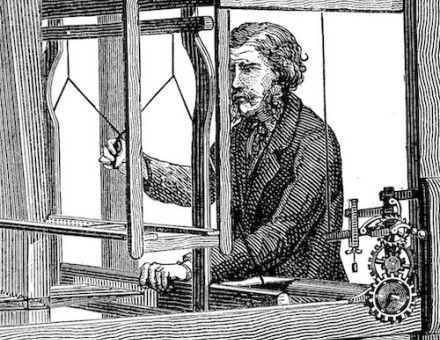Painting and History: The Golden Age of Holland
W.R. Jeudwine accounts for the patrons, masters and masterpieces of the Northern Renaissance
On the third of october 1574 a message was - brought to William of Orange during a church service at Delft with the news that the besieged city of Leyden had been relieved. For the past four months the eyes of all Holland had been fixed anxiously upon Leyden, and when the despatch was read to the congregation they went down on their knees in thanksgiving. For the victory was more than the successful end to what has since been regarded as the great epic in the Dutch struggle for independence. It came at a moment when the rebel fortunes were very low. The Spaniards were in possession of Amsterdam; Haarlem had fallen the previous year; the army of Louis of Nassau, the Prince’s brother, which was advancing to the rescue from Germany, had been disastrously defeated and Louis had been killed: the Prince was barely recovered from an illness so severe that his death had actually been reported to Spain. Even more serious, the offers of peace and the promises of leniency which were made repeatedly by the Spanish governor Requesens (less pitiless, or more politic, than his predecessor Alva) were beginning to have an effect on those whose enthusiasm for the war had never been ardent.





